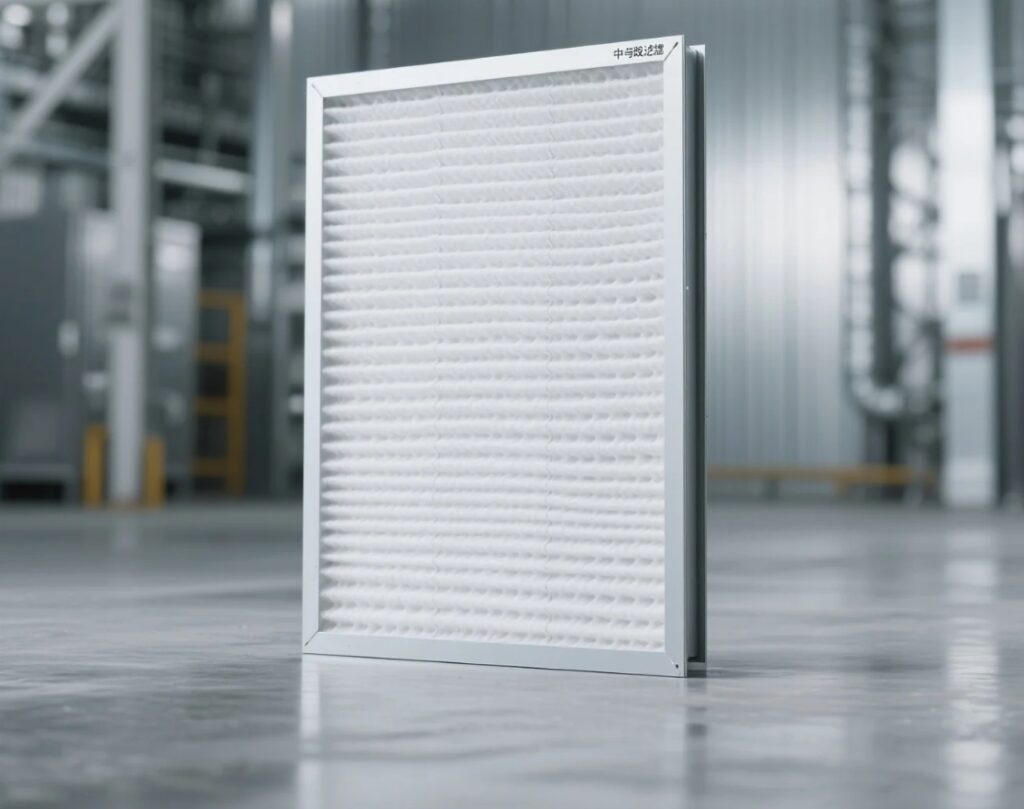Services
Installation of High‐Efficiency Air Filters High‐efficiency air filters are normally installed only after the floor work is complete, ensuring that the cleanroom environment meets the strict requirements for filter installation. However, when using epoxy‐resin self‐leveling flooring, the work area cannot be ventilated during curing—posing serious health risks to the installers.
In electronics manufacturing facilities, air cleanliness is one of the most critical factors affecting product quality. Acting as the “lungs” of a cleanroom, air filters establish a multi-layered contamination control system through precise classification and well-structured configuration. This article provides an in-depth analysis of cleanroom air filters from three key
HEPA (High-Efficiency Particulate Air) and ULPA (Ultra-Low Penetration Air) filters are the core technologies used in cleanroom environments. Despite their shared role in high-efficiency air filtration, they differ significantly in terms of filtration efficiency, application scenarios, and industry standards. This section provides a comprehensive comparison from multiple perspectives—including technical specifications,
What Is a HEPA Filter HEPA (High-Efficiency Particulate Air) filters are mainly used to capture fine particles smaller than 0.3 microns, including dust and various suspended matter. They are made using ultra-fine fiberglass paper as the filter media, combined with separator materials such as kraft paper or aluminum foil,
For the often time-consuming and labor-intensive process of HEPA filter leak detection, a more efficient and practical alternative can be adopted. This method, frequently used by the author during engineering construction and testing, is outlined as follows: If the HEPA filters have passed factory leak testing, are properly packaged, handled
Choosing the right air filter is essential for maintaining indoor air quality, ensuring equipment performance, and meeting industrial standards. As a professional air filter manufacturer and air filter supplier, E-FILT specializes in a full range of filtration solutions—from pre-filters and medium-efficiency units to HEPA air filters designed for cleanrooms and
Analysis of Deficiencies in Current Leak Detection Methods for HEPA Filter Outlets The Code for Construction and Acceptance of Ventilation and Air Conditioning Works (GB 50243-2002) specifies in Appendix B.3 “Leak Test for Air Filters“: B.3.1 Leak detection for HEPA filters should be conducted using an optical particle counter with
E-FILT is a Chinese air filter manufacturer. Both FFUs and filter series are available for OEM. Welcome to inquire.
Classification of Air Filters in China General Filter ClassificationIn 1992 and 1993, China issued the national standards for air filters: “High-Efficiency Air Filters” (GB 13554-1992) and “Air Filters” (GB/T 14295-1993). The filters are categorized into five types: coarse filters, medium-efficiency filters, high-medium-efficiency filters, sub-high-efficiency filters, and high-efficiency filters. Among these,
1. Two Main Categories of Particle Separation In cleanroom applications, airborne particle concentrations are extremely low—far lower than in typical industrial dust‑collection systems—and the particles themselves tend to be very fine. To remove them reliably, we primarily rely on barrier‑type filters, which physically block contaminants and guarantee a secure final












